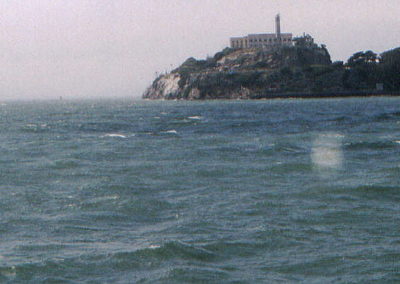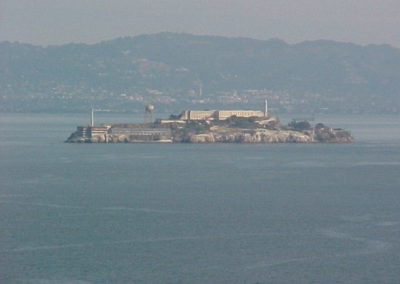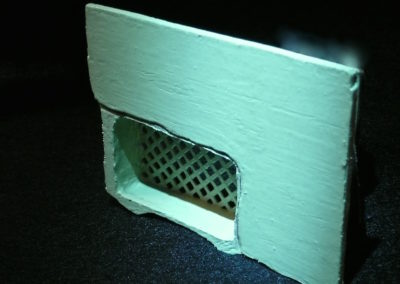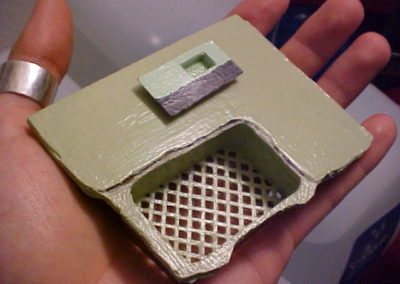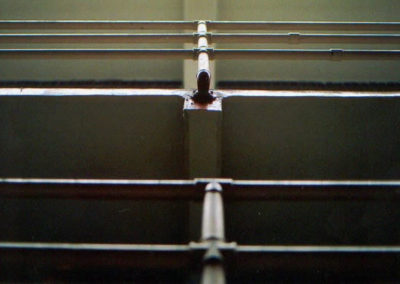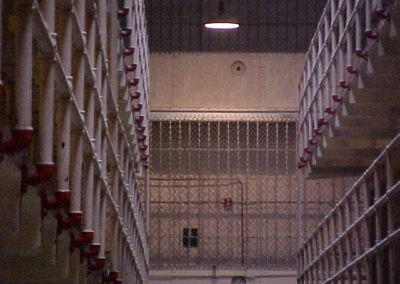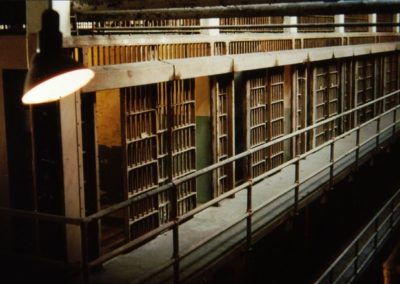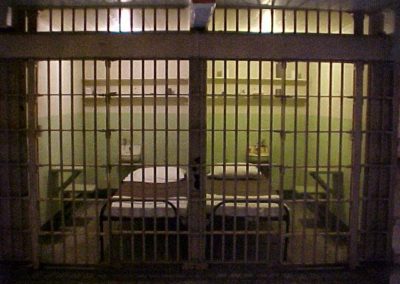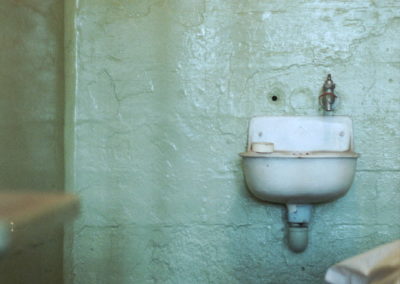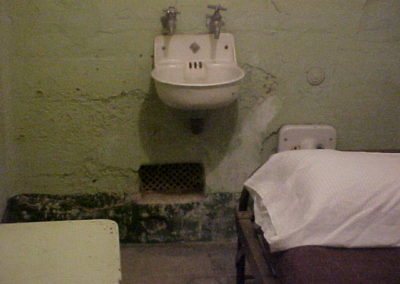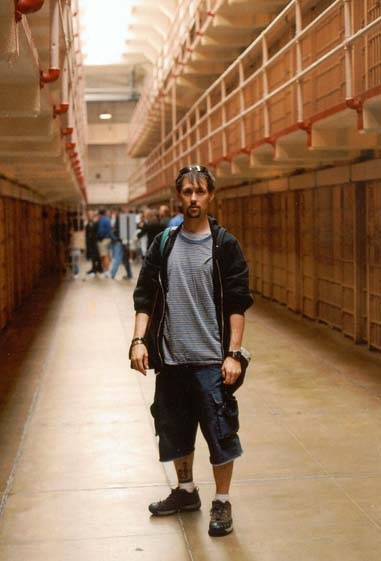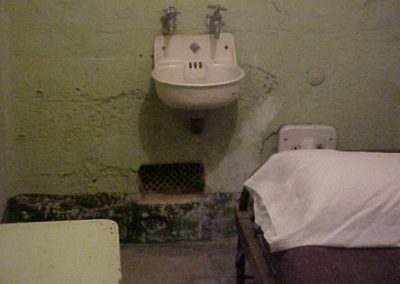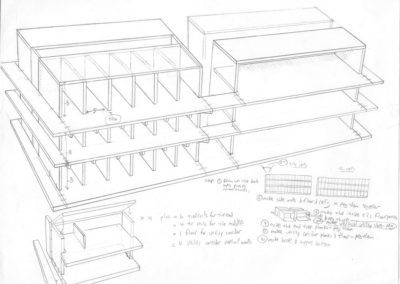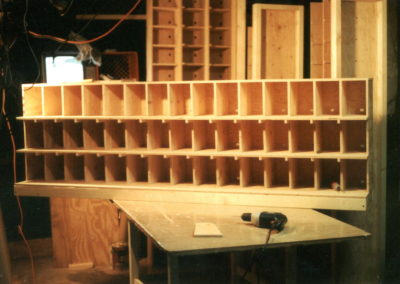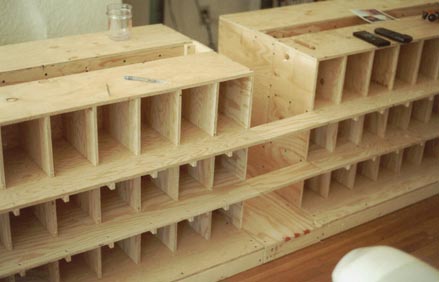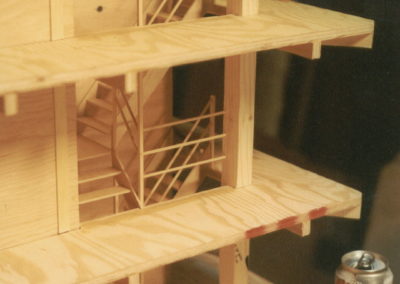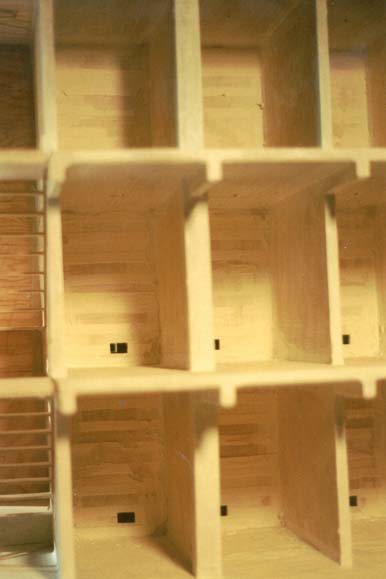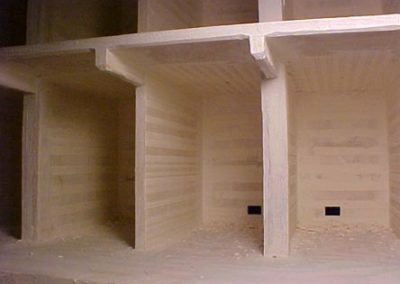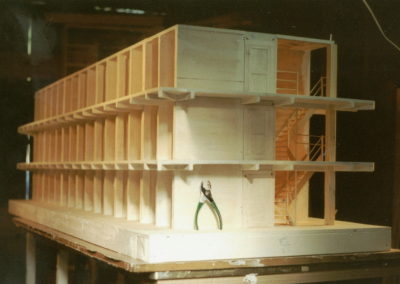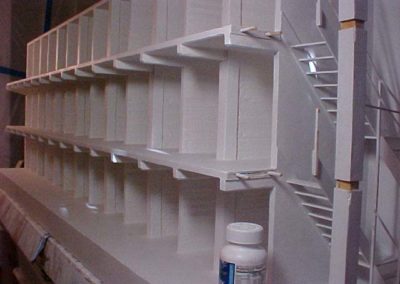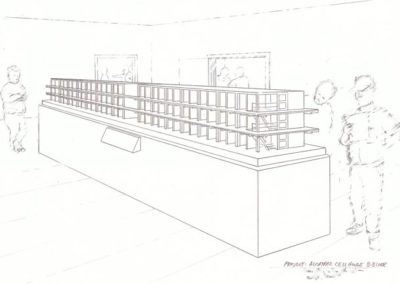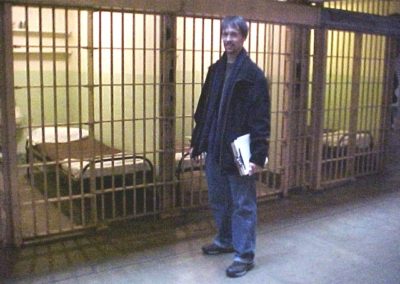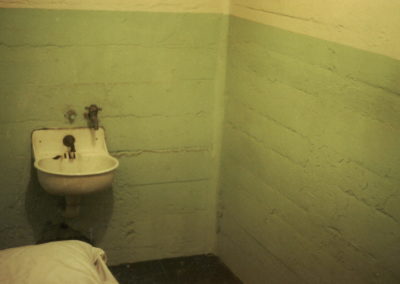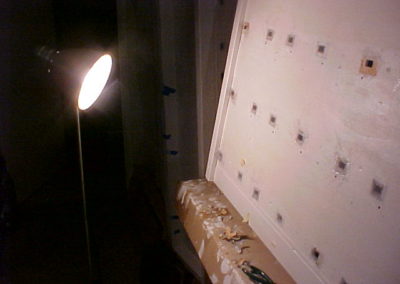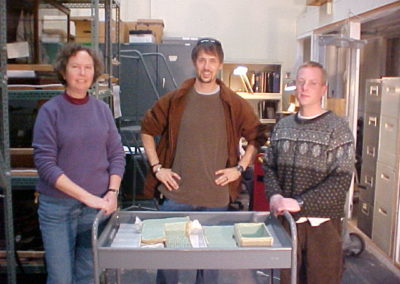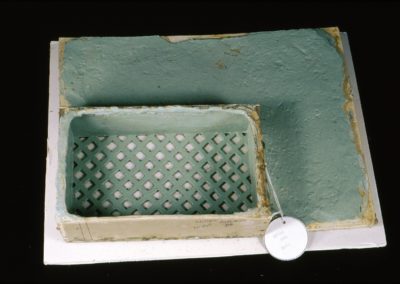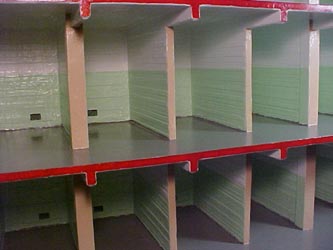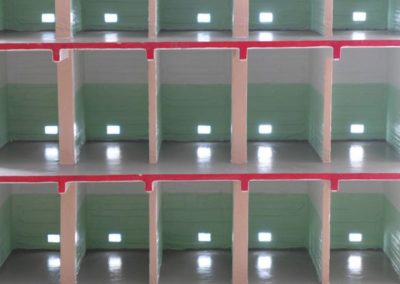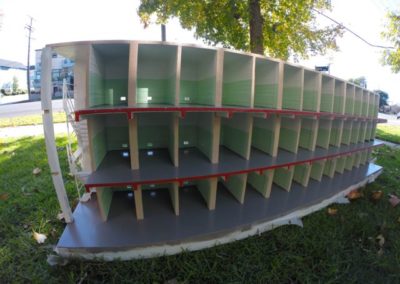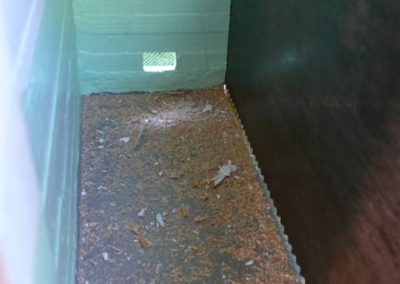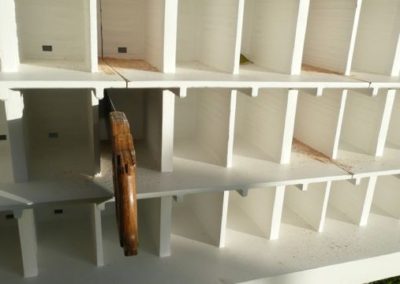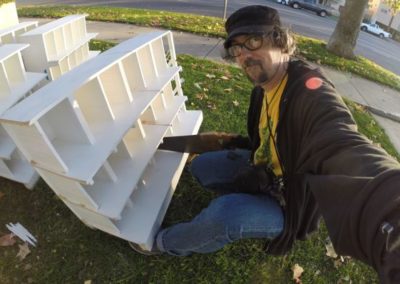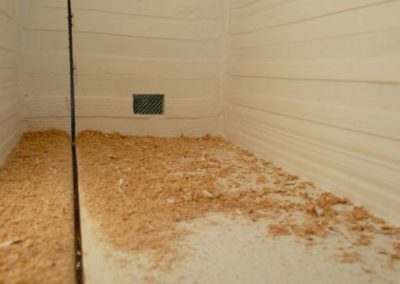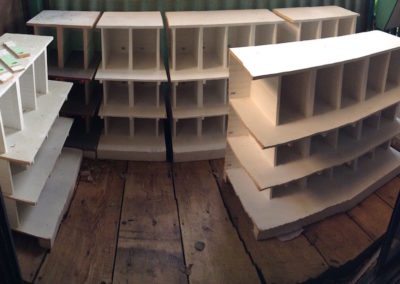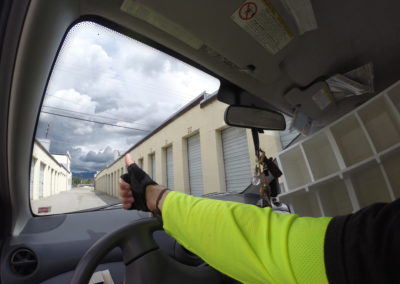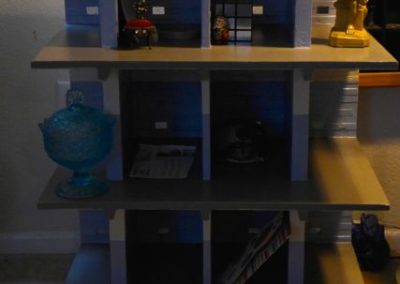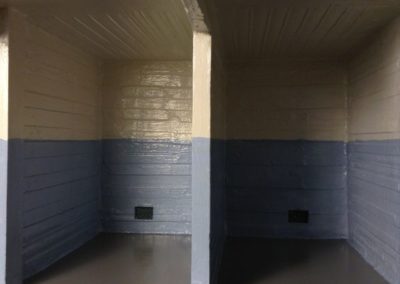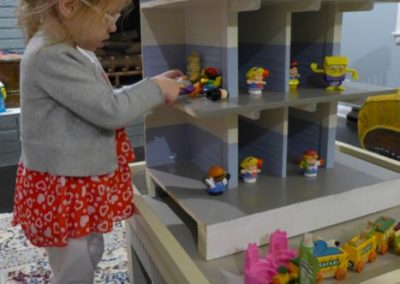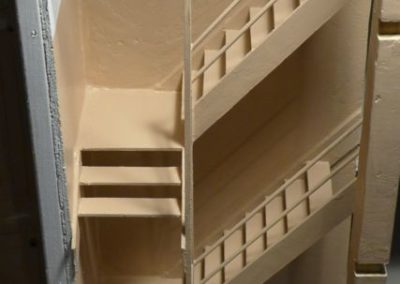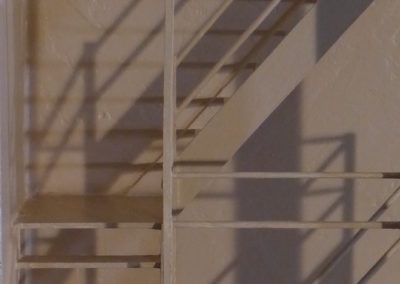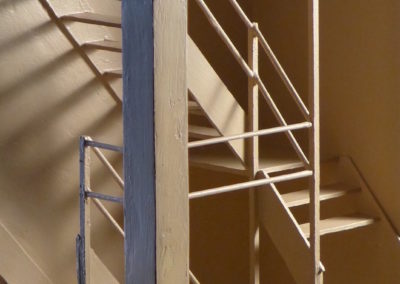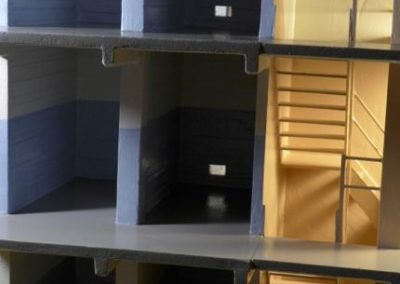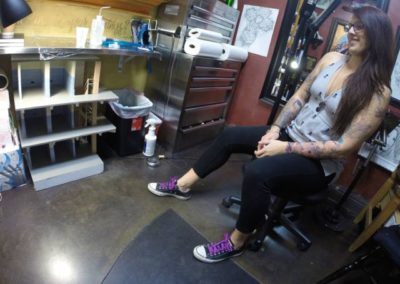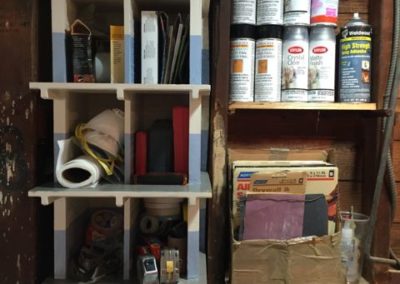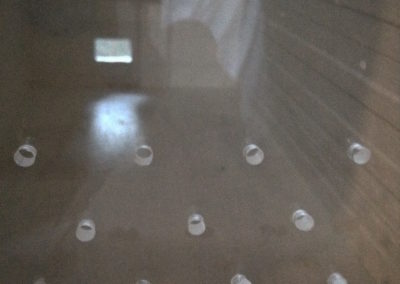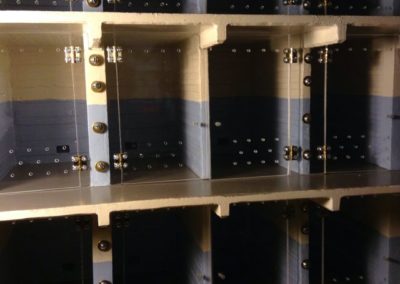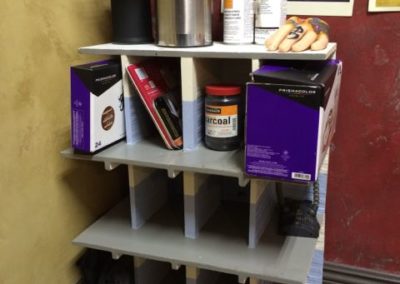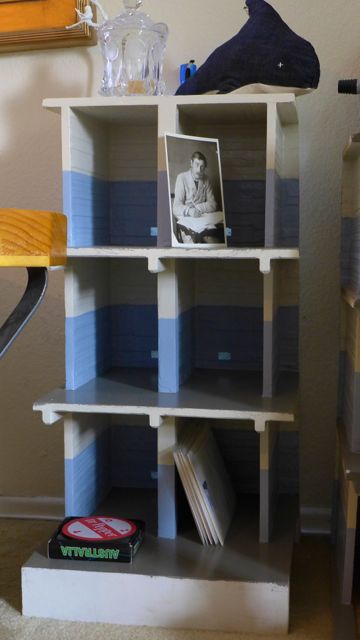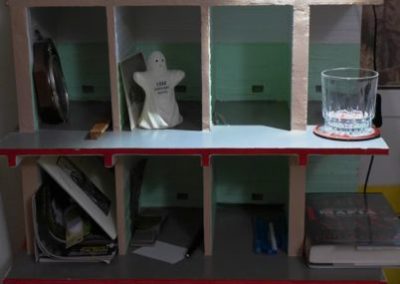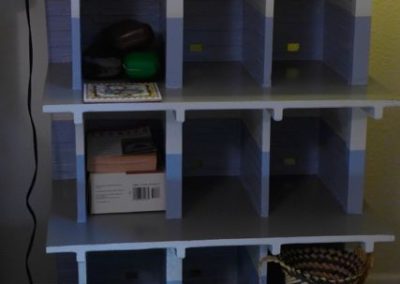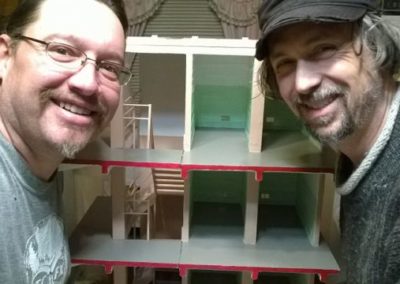Mesmerized by the prison cells on Alcatraz Island
by Matthew D. Wittmer
Last updated June 2016
Thinking about the Alcatraz cell house has occupied years of my life ever since grade school. The idea of the prison on the island as a young person inspired me to create many images and models of that prison, usually of the cells themselves. Even in sixth grade I mimicked Clint Eastwood, star of the movie “Escape from Alcatraz,” by slowly chiseling a part of my school’s wall away with a spoon handle.
In 2001 I started making a huge miniature replication of the Alcatraz cell house. Specifically of B-Block. B-Block is a doubled faced, three-tiered run of over 170 individual prison cells that are in the heart of the Alcatraz cell house. The scale of this miniature is 1” = 1’. That miniature is based on my direct face-to-face measurements and photographs created during various trips I had made to the cell house. I photographed the original escape artifacts from the famed, 1962 escape attempt as well. These artifacts are now archived in the Maritime Museum at Fort Mason across from the island. Those fake portions of the cell walls the prisoners made to conceal the holes they had made in their cell walls helped me ascertain the exact paint color that the prison was painted in 1962. For several years I constructed this model from scratch as a side project to my day job.
In 2014, after several years of not being able to finish this large cell house project, I decided to live with – and share – this particular model differently than exhibiting it as a whole piece. As a result, I began the process of dissecting the model into smaller sections of cells. I started painting these sections and then shared them with others to be used as furniture. I painted several of these sections with lavender and off white color scheme. The original color scheme of the prison was cucumber green and more of a sock white color scheme. These sections of the cell house now are in New York, various locations in California and Missouri.
32.5_P1490818
A small recreation of the fake wall grill modeled after the larger one made by the 1962 escapee Frank Lee Morris.
0032.5_MVC-017F
Another shot of the small grill along with a smaller grill modeled after the Clint Eastwood movie grill that I made in high school.
0031_tier3cellhouse
B-Block from the gun gallery. Thank God for the volunteers on the island that afforded me access to all the areas that the rangers would not permit me to go.
0023_goodbackspackle
Adding poured concrete ‘board’ textures with specially measured jigs I created the same widths of the boards.
0024_mwittmercelldrawing
A redrafted sketch of what the model could look like if exhibited on the island.
021.9_wall corner
Poured concrete in the form of the boards used to hold the concrete can be seen here.
0021.5_me and the grills
Visiting the Fort Mason Center across the bay to examine the actual escapee artifacts the FBI kept from the 1962 escape.
021.6_3slash6gooddark12
One of the escapee face wall vents – it has broken from the box and the board now sits behind the grill box.
0014_IMG_6991
I decided to find homes for chunks of the model, so that people could live with a miniature portion of the Alcatraz cell house.
0013_windowtable
I created a memorial color scheme for the chunks, totally unrelated to the original colors of the actual prison.
0007_priceman
Long Island artist Jeffrey Price has used his section for storing materials in his studio.
0005_tattooStand2
Tatto Artist Picasso in Lake Forest, California uses his chunk for storing materials.
Some references
Bruce, J. Campbell. Escape from Alcatraz. Sausalito, California: Comstock Editions. 1963. Print.
Babyak, Jolene. Breaking the Rock: The Great Escape from Alcatraz. Berkeley, California: Ariel Vamp Press. 2001. Print.
Siegel, Don, dir. Escape from Alcatraz. Paramount Home Video. 1979. DVD.

